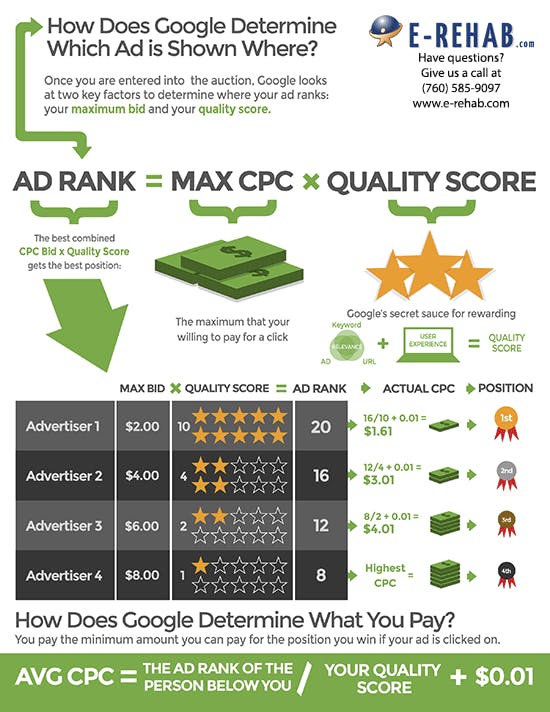
We listen to feedback from our clients all the time, and it’s often clear that physical therapy blogging can be an intimidating pursuit, especially for a new office or website. Another pressing question that many private practices have is this: with so many other great blogs out there, how can we differentiate ourselves and draw people in to read our content?
Believe it or not, but it’s actually quite simple to get started, so long as you know where to start. That’s why we present you with these “main ingredients,” which we believe are necessary for your physical therapy blogging to become successful.
Purpose
Every good blog, no matter their industry, has a focus or niche, which makes blogging easier for you to reach the right visitors.
So how can you make sure your blog has a purpose? Ask yourself questions like:
- Who is my blog targeting? Who do I want to target (age, gender, location, types of therapy, etc.)?
- What do I want my blog to provide? Extra tips and advice supplementary to my therapeutic work? My opinion on different practices? Statistics and news?
- If I was a prospective patient trying to find my practice, what topics would I search for? What kind of results should show up complementary to my website?
Remember, you can cover multiple topics in your blog, but if you’re the only one providing content, you should be writing about topics that interest you, are worth your time and effort, and ones that make it easier for you to remain consistent. If you’re spending hours researching a topic you’re not interested in or find yourself dragging your feet, you’re less likely to be building a blog that’s true to your purpose or goal. As a result, you increase the likelihood that you’re not meeting the best successful standard to blogging: consistency.
Consistency
Consistency is a key part of not just connecting with your audience, but also helping to maintain your web presence and website ranking. On the other hand, blogs that are infrequently posted may leave visitors wondering how reliable your office and the treatment you offer is.
Establishing a schedule (e.g. at least once a week or once a month) will help you remain consistent. You can always post compelling work whenever you find it outside of this regular schedule, but making your minimum posting at least keeps your blog and website active and engaged.
Engagement
In addition to purpose and consistency, you need to be engaging in your physical therapy blogging. Connecting with your audience—whether they love your writing or bring up counterarguments—adds authenticity and personality to your blog.[pullquote2 align=”left” textColor=”#000000″]Connecting with your audience—whether they love your writing or bring up counterarguments—adds authenticity and personality to your blog [/pullquote2] Ask questions, call for their own experiences or opinions, and reply to their comments to show that you’re not a robot generating random content, but a concerned therapist looking out for visitors and patients.
Engagement also doesn’t stop at your website’s blog page. You’ll need to reach people through social media by sharing your posts on Facebook, Twitter, Pinterest or even LinkedIn. Make sure that there are sharing buttons to various social media networks you use, and automate your posts so that they show up on your own social media feeds whenever you post.
In addition, following thought leaders in the field and engaging with their work through conversation, guest posting or sharing can help broaden your blog’s visibility and get you connected to prominent bloggers and authoritative figures in physical therapy.
Your Voice
At its foundation, the most successful aspect of physical therapy blogging comes down to you and your voice.[pullquote2 align=”right” textColor=”#000000″] The success of the best blogs with lots of followers is always due to the voice of the writer, who isn’t afraid to reveal his or her true emotions, whether it’s excitement or even disappointment.[/pullquote2] Your voice is key to making your blog unique and providing an engaging, fun, and caring perspective. The success of the best blogs with lots of followers is always due to the voice of the writer, who isn’t afraid to reveal his or her true emotions, whether it’s excitement or even disappointment.
Having that voice is extremely important in the physical therapy industry: when people are searching for a new doctor or therapist, they want someone who they can connect with and someone who shows that they care. When you use your voice on your blog and talk about some of your favorite aspects of the job, what new therapeutic techniques you love or think needs more research, or updates on patients that are transformed by your work, you’ll easily draw people in.








